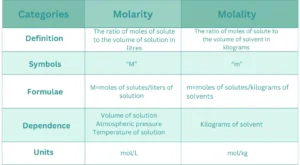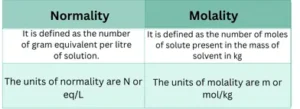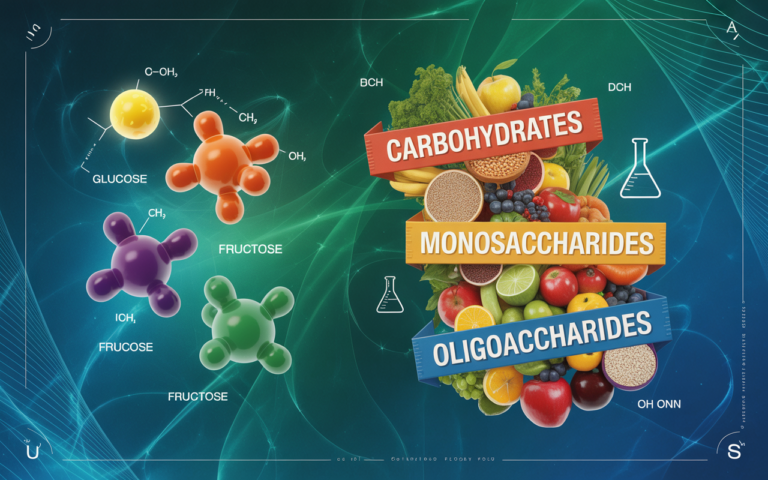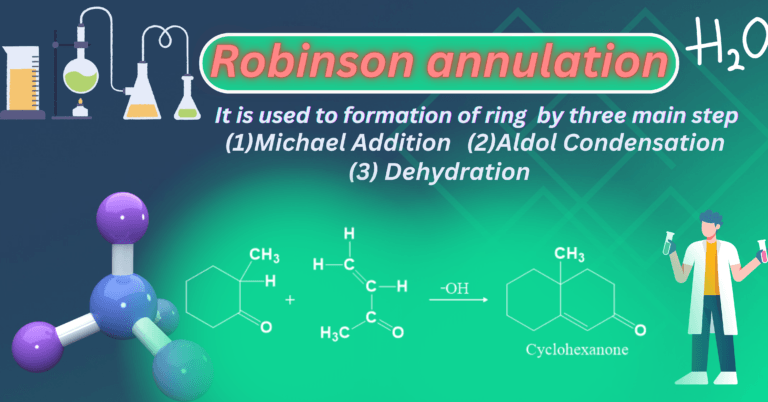What is molality?
The molality of a solution is the number of moles of solutes per kilogram of solvent.
- It is designated by ‘m’.
molality formula
Its formula is given below:

How to find molality:
It can be calculated by using its formula.
For example
Molality of pure water
As it is known the density of pure water is 1 kg per litre and its molar mass is 18g per mole . Therefore,

However, the molality of pure water is 55.55 molal.
Molality of anhydrous Na2CO3 Solution
If a solution containing 5.3 grams of anhydrous Na2CO3 in 200g of water, then its molality can be calculated as follows:

As a result, the molality of anhydrous sodium carbonate solution is 0.25 molal.
What are the advantage and disadvantage of using molality?
Advantage
- It does not depend upon the temperature, because when substances are heated or cooled their masses are not changed.
Disadvantage
- It is the amount of solution that is measured by mass instead of volume and that the density of the solution must be known to convert molality into molarity.
Relationship between molality and molarity
Their relationship is given below:

Where,
d=the density(g/ml)
m1=the molar mass of the solute
M=molarity
m=molality
FAQ
Describe the difference between the molarity and molality?

What is the application of molality in real life?
- Boiling point is determined by using molality.
- It is used to measured the melting point.
- For colligative properties like boiling point elevation,freezing point depression.




